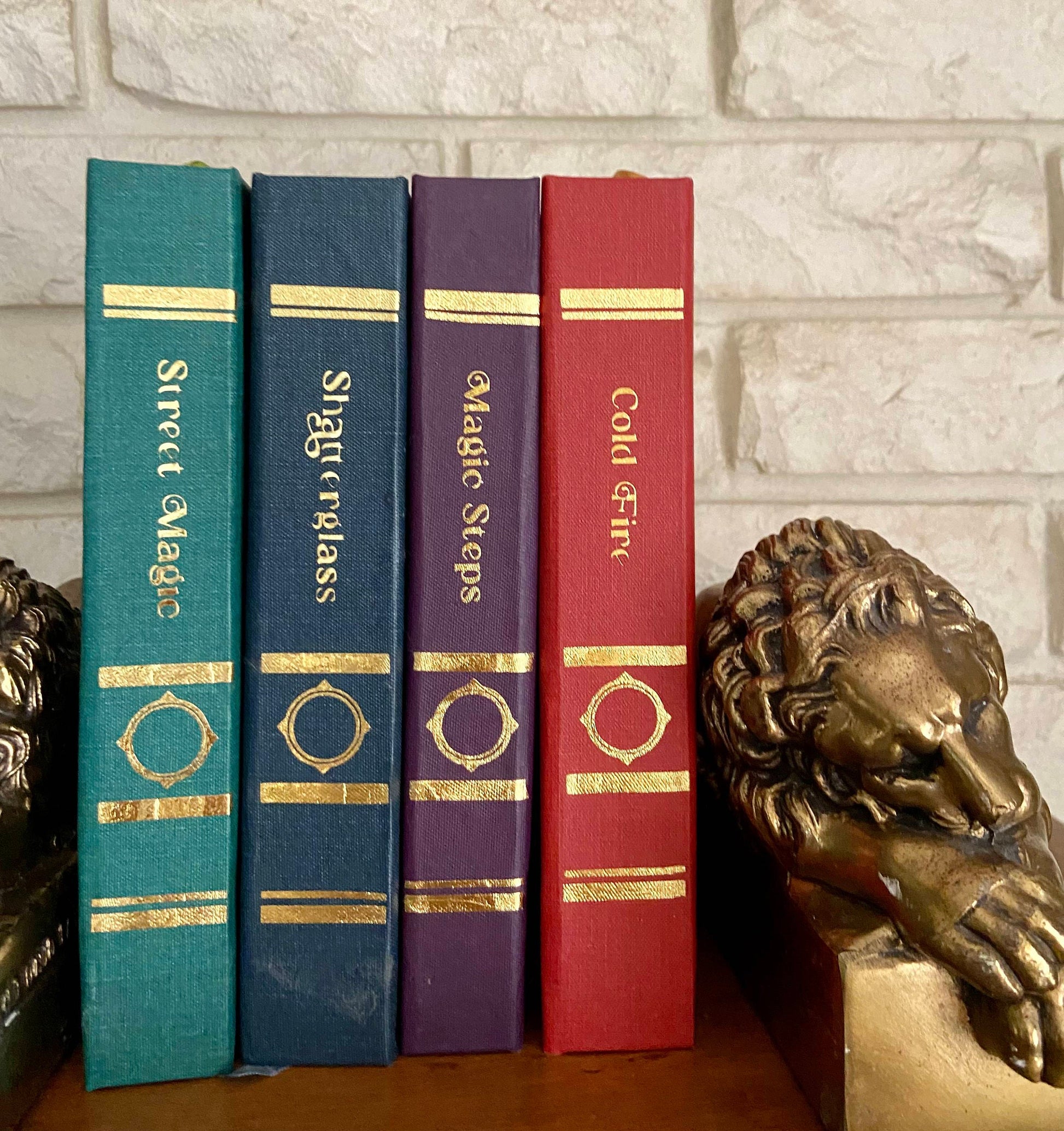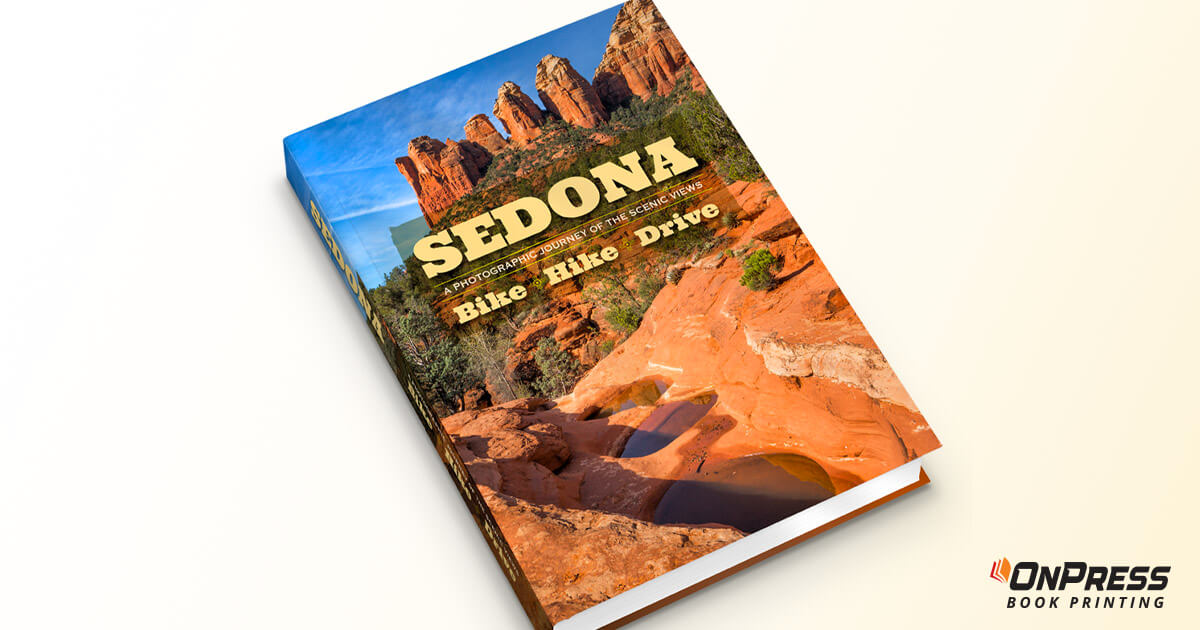Hardcover Books to Read Before the Screen Release
Hardcover Books to Read Before the Screen Release
Blog Article
A Comprehensive Guide to the Refine of Hardcover Books Printing
When you start the trip of hardbound publication printing, understanding the whole process is essential. From preparing your manuscript to selecting the right materials, each action plays a crucial function in the last item. You'll need to contemplate layout elements and printing methods that match your vision. As you browse with binding and top quality control, you'll locate that every choice impacts guide's total charm. So, what comes next in this complex process?
Recognizing the Hardbound Publication Framework
When you explore the world of hardbound publications, you'll swiftly observe that their structure is willful and distinct. The external covering, commonly constructed from tough cardboard, provides resilience and security. You'll locate a material or natural leather treatment, which not just enhances aesthetic appeals however likewise includes in the publication's longevity. Inside, the endpapers link the cover to the text block, making certain a seamless interchange.
The text block itself includes multiple trademarks, or folded up sheets, stitched together for strength. You'll see that the spinal column is enhanced, enabling a smooth lay-flat analysis experience - hardcover books. In addition, guide's weight often conveys a sense of top quality and permanence
Hardcover books usually feature a dirt jacket, which works as an advertising device while safeguarding the cover. Comprehending these components assists you appreciate the craftsmanship behind hardcover books and their distinct allure in the literary world.
Manuscript Preparation and Modifying
Obtaining your manuscript prepared for printing is necessary, and it begins with proper format standards. You'll require to recognize the editing and enhancing procedure to improve your work and ensure it reverberates with readers. And also, mastering proofreading methods can aid you capture those troublesome errors before your publication goes to print.

Manuscript Format Guidelines
Correct manuscript format is essential for producing a professional-looking hardbound book. Start by selecting a common typeface like Times New Roman or Arial in 12-point size. Use double-spacing throughout the document to improve readability. Establish your margins to 1 inch on all sides, giving your text area to take a breath. Number your pages in the leading right corner, and include your chapter titles at the start of each brand-new section. Usage clear headings to show sections, and avoid excessive format like strong or italics unless necessary. Make sure to check your manuscript for consistency stylishly, making sure that whatever from spelling to spacing follows your chosen standards. Following these actions will establish a solid foundation for your book.
Modifying Refine Fundamentals
Modifying your manuscript is a necessary step that can transform it from a harsh draft right into a polished end product. Beginning by reviewing your work seriously, focusing on clearness, structure, and circulation. Seek inconsistencies in your story, personality advancement, or argumentation. It's useful to take breaks between rounds of modifying to gain fresh viewpoints. Do not hesitate to reduce unneeded content or rephrase awkward sentences; this will certainly improve readability. Take into consideration seeking responses from relied on peers or specialist editors that can give useful understandings. Bear in mind, modifying isn't nearly fixing mistakes; it has to do with improving your voice and ensuring your message resonates with visitors. Embrace the process, and you'll see your manuscript shine.
Checking Methods Review
Once you've brightened your manuscript via modifying, the next step is to ensure it's correct that can sidetrack viewers. Beginning by pausing after editing and enhancing; fresh eyes capture blunders much better. Read your manuscript out loud-- this assists you listen to unpleasant phrasing and area typos. Usage digital tools like spell checkers for preliminary scans, but don't depend only on them. Think about publishing your manuscript; analysis theoretically can expose mistakes that screens miss. Concentrate on one sort of mistake at a time, whether it's spelling or grammar, to avoid sensation overwhelmed. Get a relied on friend or specialist proofreader to give a fresh viewpoint. Their feedback can highlight issues you could neglect.
Designing the Publication Cover and Inside
When you're developing your publication cover and inside, you'll desire to concentrate on essential design elements that capture your target market's attention. Choosing the best typography designs and thoroughly choosing shades and images can make all the distinction in communicating your publication's theme. Allow's explore just how these options can raise your work and draw in viewers.
Important Layout Components
Producing a captivating publication cover and a properly designed inside is vital for drawing in visitors and improving their experience. Begin with the cover; it's your first impact. Select colors and photos that mirror your book's motif and mood. Make certain your title stands out and is legible, even in thumbnail dimension.
A clean, organized design helps readers navigate effortlessly. Bear in mind, a cohesive design throughout your book cultivates a professional appearance that can greatly affect a visitor's decision to pick it up.
Selecting Typography Styles
Typography plays an essential function in both the publication cover and indoor design, shaping how readers view your content. When picking typography designs, consider your publication's style and target audience. Assume about pecking order-- use various designs for headings and body text to lead visitors easily with your job.
Shade and Images Choice
Selecting the right shades and imagery is essential for recording readers' focus and conveying your book's themes. Start by considering your style; vibrant shades may benefit a kids's publication, while muted tones suit a mystery book. hardcover books. Use imagery that reverberates with your you can look here web content-- photos, pictures, or abstract layouts can improve your message
When making the cover, make specific the images does not bewilder the title and writer's name; clarity is crucial. This cohesive strategy not just raises your publication's aesthetic yet likewise enriches the viewers's experience, making it extra remarkable.
Selecting the Right Paper and Products
When choosing paper and materials for your hardcover publication, it's important to ponder just how they'll impact the general feel and look of your task. Start by picking the best paper weight; heavier supply commonly communicates top quality and toughness, while lighter paper can develop an extra fragile touch. Consider the finish as well; glossy paper enhances shades and photos, while matte can supply an advanced, underrated look.
Cloth, natural leather, or published paper can establish the tone for your book. Additionally, believe concerning the binding materials; utilizing top notch glue assurances your publication lasts.
Inevitably, the options you make below mirror your vision, so make the effort to sample various products (hardcover books). Your options will certainly aid create a book that's not only aesthetically attractive but practical and likewise durable
The Printing Refine: Techniques and Technologies
A range of printing methods and modern technologies can bring your hardbound book to life, each offering unique advantages. Digital printing is a prominent selection for brief runs, enabling fast turn-around and cost-effective services. It's excellent when you require to print smaller quantities without sacrificing high quality. On the various other hand, balanced out printing excels in producing large volumes, delivering constant and top quality results. This approach is ideal for substantial magazines where color accuracy and fine information issue.
Comprehending these strategies assists you make visit this web-site informed decisions, guaranteeing your hardbound book not only looks terrific yet also satisfies your manufacturing needs effectively. Choose the best approach to raise your publication's charm and impact.
Binding Approaches for Hardcover Books
A number of binding techniques can transform your hardcover publication into a eye-catching and sturdy item. One popular choice holds true binding technique, where the pages are sewn together and then affixed to a tight cover. This provides superb longevity and a specialist appearance. Another technique is the excellent binding, which uses glue to hold the web pages with each other, enabling a sleek back however much less resilience contrasted to instance binding.
You may also take into consideration spiral binding, which enables your book to lay level, making it ideal for guidebooks or workbooks. It does not provide the very same protective cover as situation binding. There's the saddle stitch method, appropriate for smaller books, where sheets are folded and stapled with each other. Each binding approach has its advantages and fits different needs, so believe concerning your book's objective and audience when choosing the best option for your project.
High Quality Control and Final Touches
After picking the right binding method for your try this hardcover publication, quality assurance comes to be vital to confirm your end product fulfills your assumptions. Start by inspecting the published web pages for any type of mistakes or variances in shade and design. You don't wish to miss out on any kind of typos or misprints that can affect your readers' experience.
Next, inspect the binding stability. Verify the pages are firmly attached and that the spinal column is strong. A well-bound publication not just looks professional but likewise really feels long lasting in your hands.
Furthermore, focus on the cover. Search for any kind of scuff marks or imbalances in the artwork. If you've gone with special coatings like embossing or foil marking, see to it they're used regularly across all duplicates.
Finally, perform a detailed assessment of the entire batch before transferring to circulation. In this manner, you can confirm that every publication reflects your high requirements.
Often Asked Questions
How much time Does the Hardcover Book Printing Refine Normally Take?

What Is the Minimum Order Amount for Hardcover Books?
The minimum order quantity for hardbound books typically begin around 100 duplicates, yet it can vary based upon the printer. You should get in touch with your selected printing solution for their specific needs and prices.

Can I Publish Hardcover Books in Customized Sizes?
Yes, you can print hardbound books in custom-made sizes. Many printing solutions supply adaptability with dimensions, enabling you to pick a layout that matches your project. Simply verify the specs before placing your order.
Are There Eco-Friendly Options for Hardcover Book Printing?
Yes, you can discover environment-friendly alternatives for hardbound publication printing. Numerous business use recycled materials and lasting inks. Just ask your printer concerning their environment-friendly methods to ensure your job aligns with your ecological values.
What Are the Expenses Connected With Hardcover Book Printing?
When taking into consideration hardbound book printing expenses, you'll require to consider materials, layout, and printing techniques. Added expenses like delivery and binding can likewise affect your general budget plan, so plan accordingly for your project.
When you commence the journey of hardcover book printing, comprehending the whole procedure is crucial.A selection of printing strategies and technologies can bring your hardcover book to life, each offering unique benefits. How Long Does the Hardcover Publication Printing Refine Normally Take?
The hardcover book printing process typically takes about 2 to 6 weeks.Yes, you can find environmentally friendly alternatives for hardcover publication printing.
Report this page